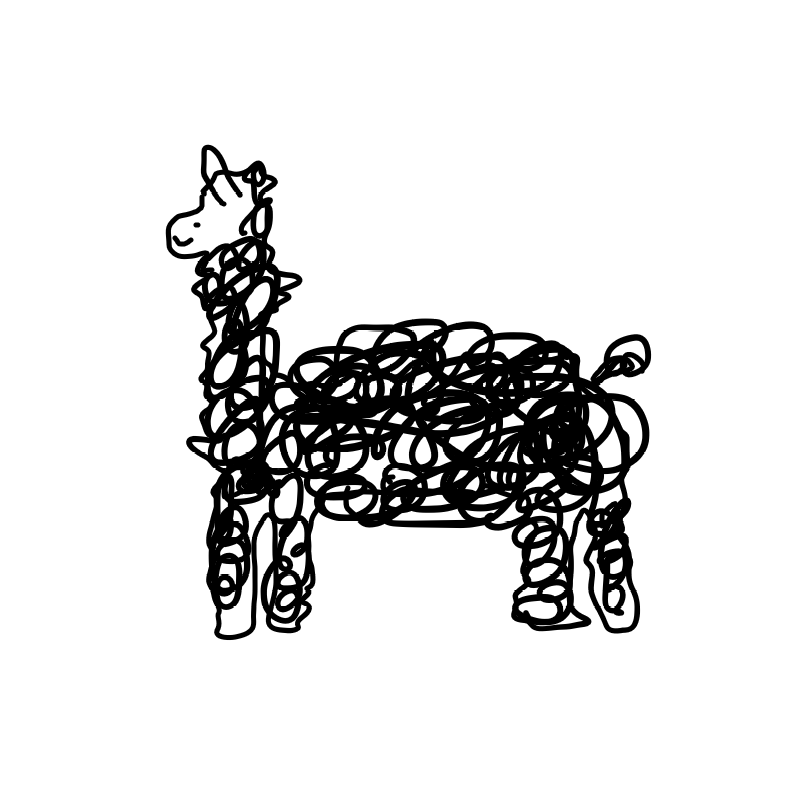674. Longest Continuous Increasing Subsequence
Given an unsorted array of integers nums, return the length of the longest continuous increasing subsequence (i.e. subarray). The subsequence must be strictly increasing.
A continuous increasing subsequence is defined by two indices l and r (l < r) such that it is [nums[l], nums[l + 1], ..., nums[r - 1], nums[r]] and for each l <= i < r, nums[i] < nums[i + 1].
My Answer 1: Accepted (Runtime: 72 ms - 82.78% / Memory Usage: 15.3 MB - 55.53%)
class Solution:
def findLengthOfLCIS(self, nums: List[int]) -> int:
ans = 0
tmp = 1
for i in range(1, len(nums)):
if nums[i-1] >= nums[i]:
ans = max(ans, tmp)
tmp = 0
tmp += 1
ans = max(ans, tmp)
return ans이전 값과 비교해서 상승세인지 확인
상승세가 꺾이면 ans 에 max 값 update 하고 그 순간부터 길이 다시 계산
Solution 1: Accepted (Runtime: 72 ms - 82.78% / Memory Usage: 15.4 MB - 14.51%)
class Solution:
def findLengthOfLCIS(self, nums: List[int]) -> int:
ans = 0
anchor = 0
for i in range(len(nums)):
if i and nums[i-1] >= nums[i]:
anchor = i
ans = max(ans, i - anchor + 1)
return ansSliding Window
i - anchor + 1 로 길이 계산
1219. Path with Maximum Gold
In a gold mine grid of size m x n, each cell in this mine has an integer representing the amount of gold in that cell, 0 if it is empty.
Return the maximum amount of gold you can collect under the conditions:
- Every time you are located in a cell you will collect all the gold in that cell.
- From your position, you can walk one step to the left, right, up, or down.
- You can't visit the same cell more than once.
- Never visit a cell with 0 gold.
- You can start and stop collecting gold from any position in the grid that has some gold.
My Answer 1: Accepted (Runtime: 1568 ms - 41.95% / Memory Usage: 14.2 MB - 91.21%)
class Solution:
def getMaximumGold(self, grid: List[List[int]]) -> int:
def func(i, j, sumGold):
if i < 0 or i > len(grid)-1 or j < 0 or j > len(grid[0])-1 or grid[i][j] <= 0:
self.maxGold = max(self.maxGold, sumGold)
return
tmp = grid[i][j]
grid[i][j] = -1
if i > 0:
func(i-1, j, sumGold+tmp)
if i < len(grid)-1:
func(i+1, j, sumGold+tmp)
if j > 0:
func(i, j-1, sumGold+tmp)
if j < len(grid[0])-1:
func(i, j+1, sumGold+tmp)
grid[i][j] = tmp
self.maxGold = 0
for i in range(len(grid)):
for j in range(len(grid[i])):
if grid[i][j] != 0:
func(i, j, 0)
return self.maxGoldbacktracking 써서
path 끝마다 누적 gold 의 max 값 update
지나간 grid 는 -1 로 값 변경해주고 마지막에 다시 원래 값으로 돌려놓기
My Answer 2: Accepted (Runtime: 1416 ms - 60.98% / Memory Usage: 14.4 MB - 17.92%)
class Solution:
def getMaximumGold(self, grid: List[List[int]]) -> int:
def func(i, j):
if i < 0 or i > len(grid)-1 or j < 0 or j > len(grid[0])-1 or grid[i][j] <= 0:
return 0
tmp = grid[i][j]
grid[i][j] = -1
maxGold = 0
if i > 0:
maxGold = max(maxGold, func(i-1, j))
if i < len(grid)-1:
maxGold = max(maxGold, func(i+1, j))
if j > 0:
maxGold = max(maxGold, func(i, j-1))
if j < len(grid[0])-1:
maxGold = max(maxGold, func(i, j+1))
grid[i][j] = tmp
return maxGold + tmp
ans = 0
for i in range(len(grid)):
for j in range(len(grid[i])):
if grid[i][j] != 0:
ans = max(ans, func(i, j))
return ans같은 방식인데 재귀함수 밖의 변수에 직접 update 하기보다는
return 값을 줘서 update 하기
뭔가 그리디도 생각나서...
다른 방식으로도 풀어보려했는데
-
grid[i][j]의 사방 중에 max 값을 골라서 재귀 돌리기
max 값으로 간다고 항상 maximum gold 가 되지 X -
가장 긴 path 일 때
self.maxGoldupdate
path 가 길다고 항상 maximum gold 가 되지 X
그냥 다 봐야하는 듯..
루션이도 DFS backtracking 으로 푼다.
